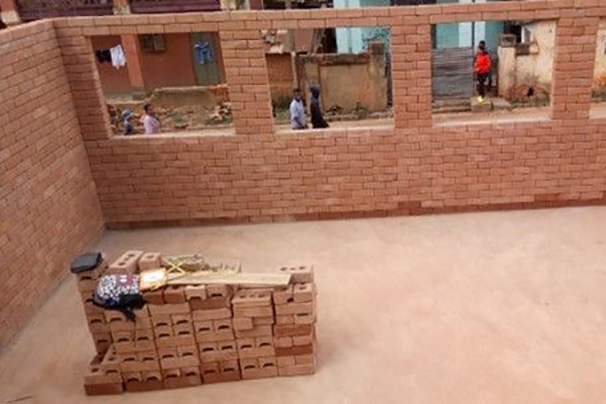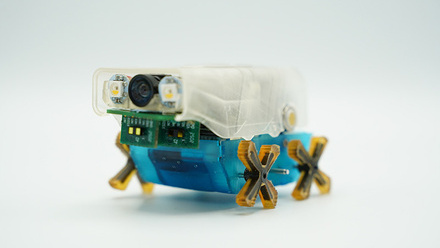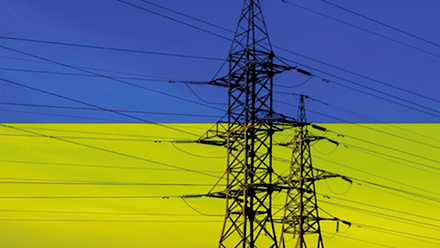Madagascan bricks made from earth
A Madagascan manufacturer has been working with a local real estate developer come energy producer to make unfired, compressed, earth bricks from chemically formed earth.

Catalin Grigore, Director of Development at construction company COFFOR, says the bricks made from local materials will halve construction costs from €400 to €200/m². The pilot project involves construction of a new school in Antananarivo, the capital of Madagascar.
The Earth Compressed Stabilised Bricks are made from laterite earth composed of clay and sand sourced locally with some proportions of iron acid and alumina components. They are moulded using 10-15% of local binders made from lime.
The lime and clays react exothermically with water to produce cemented materials like calcium silicate hydrate (CSH). The cementitious materials bind the clay particles together, imparting strength. The CSH gel may also fill the voids creating a more impermeable structure.
Grigore notes that water increases the quantity of gel formed, binding the particles more effectively and increasing strength with the addition of rice husk ash to the lime-soil system. Rice husk ash contains highly reactive amorphous siliceous and aluminous materials in finely divided form.
As many of the chemical reactions are deemed to be quite rapid, the brick is purportedly usable after 15 days of curing, moulded mechanically or manually with a minimum strength of 12MPa. Accordingly, the Earth Stabilised Compressed Bricks are said to be extremely durable and recyclable, as they can easily be crushed and reused during demolition.
The company reports that as these bricks are chemically active, over a period of 50-100 years, the cement and lime will absorb the carbon dioxide generated during manufacturing.
With no energy required to fire the blocks, and the binders and earth material coming from local sources, the inventors suggest the product is affordable with the equivalent cost of construction of traditional Malagasy bricks that are cooked using rice husks up to 680°C. The thermal properties are reported to exceed that of the Magalasy bricks.
The popular brick model in Madagascar is the Lego Format Brick, which is self-aligning.







